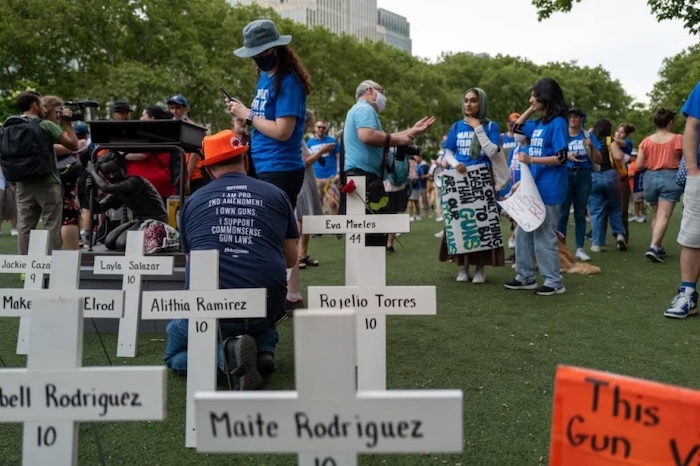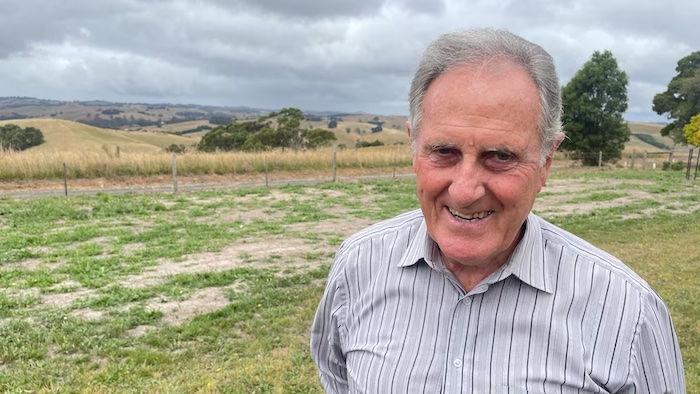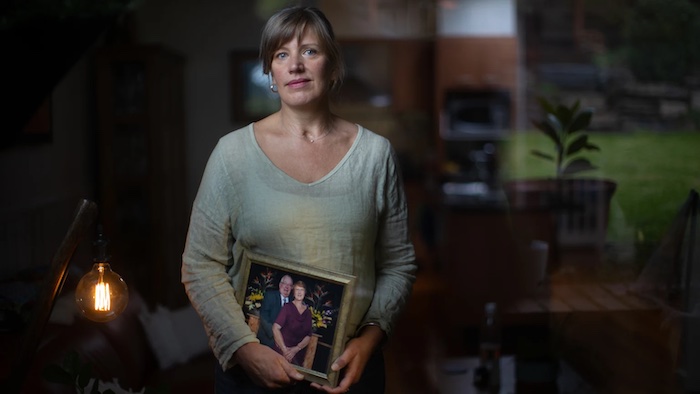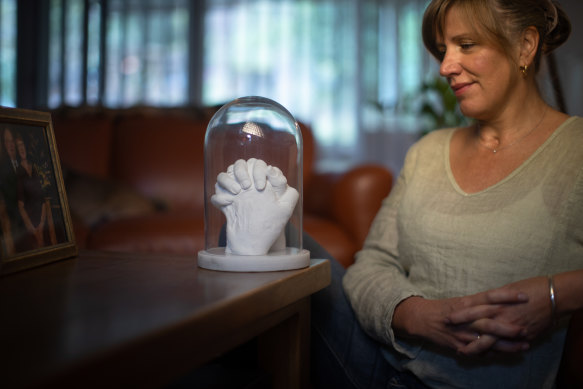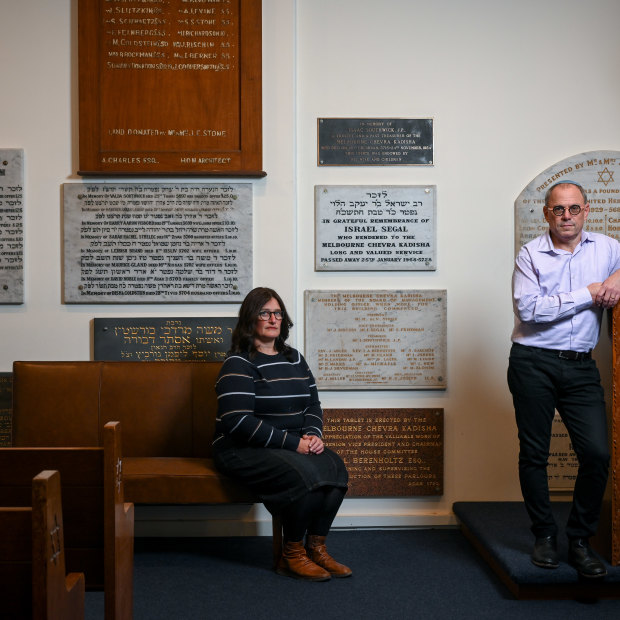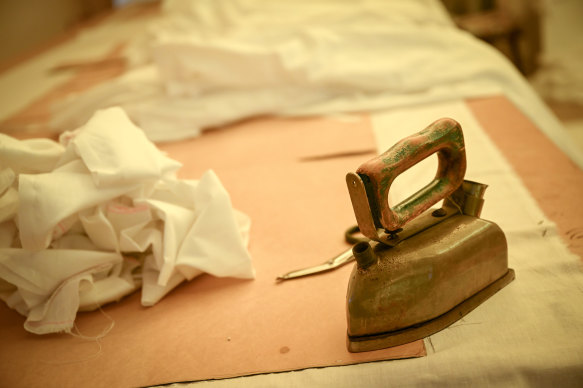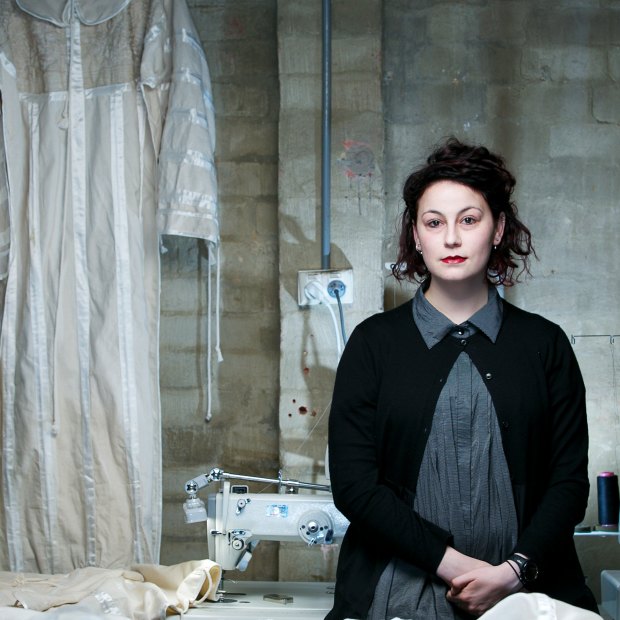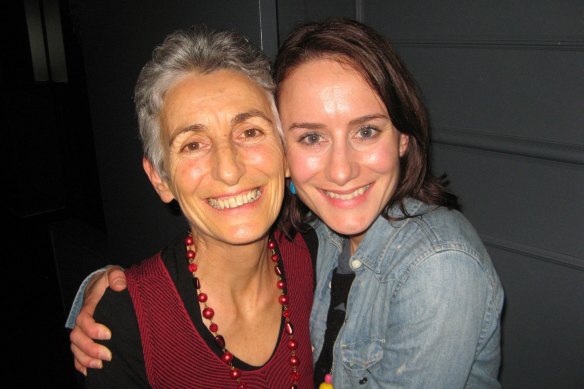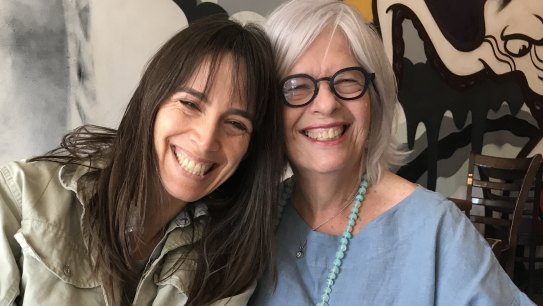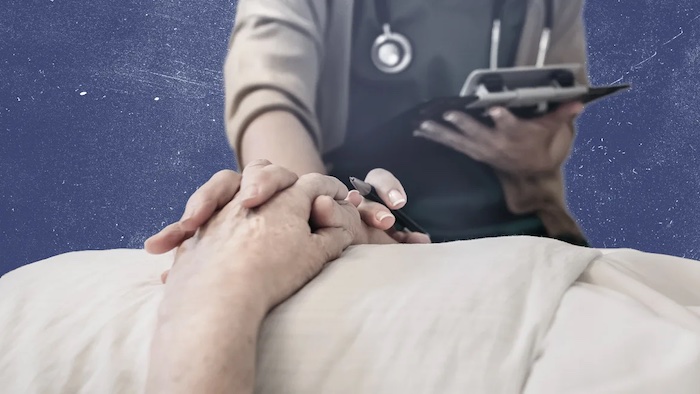
What’s happening
Three decades ago, Dr. Jack Kevorkian became the face of the incredibly contentious debate over medically assisted death. Dubbed “Dr. Death” in the media, he claimed to have helped at least 130 patients die before being convicted of second-degree murder in 1998.
Kevorkian died in 2011, but the argument over whether it should be legal for doctors to aid people in ending their lives is still far from settled. Today, 10 states and Washington, D.C., allow medically assisted suicide — a process in which life-ending drugs are supplied to patients, who administer the dose themselves. The laws differ, but they generally state that individuals must have a terminal illness and a prognosis of less than six months to live to qualify. Only two states, Oregon and Vermont, allow medically assisted suicide for nonresidents.
While the U.S. is one of just a handful of countries to legalize what is often called medical assistance in dying (MAID), our laws are significantly more restrictive than those in some of our peer nations. For example, America is the only country to require a terminal diagnosis. All others allow people living with incurable illnesses that cause them “unbearable pain” to choose a medically administered death. Most permit both assisted suicide and euthanasia, in which doctors administer life-ending drugs directly. Several also permit MAID for people with severe mental illness and let individuals make “advance requests” in cases in which they’re expected to lose their capacity to make their own decisions in the future, such as from dementia.
Over the past few years, Canada has become the site of the highest number of medically assisted deaths in the world. There were more than 10,000 MAID cases in Canada in 2021. That’s more than the total number of assisted suicides estimated to have occurred in the U.S. since Oregon became the first state to legalize the practice in 1997.
Why there’s debate
At the most basic level, the debate over medically assisted death comes down to morality. Either you believe it’s categorically wrong for a doctor to help someone end their life or, like nearly three-quarters of Americans, you believe there are cases where people should be granted the “right to die” on their own terms.
The issue gets much more complicated when it comes to defining what those cases should be and what criteria people should have to meet before they’re allowed to choose a medically assisted death.
Advocates for expanding opportunities for MAID say that limiting access exclusively to terminally ill patients leaves countless people to suffer unnecessarily and denies them the ability to opt for a peaceful, pain-free death. They argue that a truly compassionate society would trust individuals to make their own choices, rather than insist that they die in a way that satisfies others’ sense of right and wrong.
But critics worry that more permissive assisted death laws could lead to a “death on demand” system or create circumstances in which people are pushed toward making the choice to die when that may not be necessary. There’s also concern that MAID could warp into a way for society to avoid the effort and expense of caring for its most vulnerable members, including the disabled, mentally ill and even the poor. Many critics point to troubling reports out of Canada — including one case in which a patient’s family claims he was “basically put to death” — as a sign of the slippery slope that can happen when there aren’t sufficient guardrails in place.
What’s next
Supporters of medically assisted death are hoping to expand the practice into more areas of the country. Bills that would legalize assisted suicide have been proposed in at least 10 states over the past year, though it’s unclear whether any of them will become law.
Perspectives
It’s inhumane to force people to suffer when they want to take a different path
“It is nothing less than cruel to prevent anyone from having some control in their most difficult hours as life comes to an end. Of course, there must be safeguards. … But for those who choose to end their suffering and for the families that support their decision, the death with dignity option should be available.” — Judy Kugel, Boston Globe
Assisted death should be available only in very limited circumstances
“Is it really more humane to deny a miserable person a clean assisted suicide than to grant it? Authorities should say yes: We won’t help you die because of your depression, poverty or unfit living conditions for the same reason we won’t take out your appendix if you have a broken leg, or prescribe lithium for a nasty case of psoriasis.” — Chris Selley, Wall Street Journal
Freedom to die should be treated as basic human right
“The ability to end one’s life is an important freedom. Our bodies belong to us, not the government. We should have the power to decide whether we wish to continue living, particularly if we are in constant pain or suffering debilitating or fatal illnesses.” — Scott Shackleford, Reason
The foundations of our humanity begin to crumble when life loses its value
“The idea that human rights encompass a right to self-destruction, the conceit that people in a state of terrible suffering and vulnerability are really ‘free’ to make a choice that ends all choices, the idea that a healing profession should include death in its battery of treatments — these are inherently destructive ideas.” — Ross Douthat, New York Times
Canada has shown how dangerous MAID can be for vulnerable people
“The introduction of euthanasia in Canada has become the slipperiest of all slippery slopes. Of course, the expansion of assisted suicide laws in the U.S. will produce the same troubling problems. … Canadians have the right to die, but do they have the right to live in the face of medical challenges?” — Valerie Hudson, Deseret News
We don’t have to choose between protecting the vulnerable and giving people the right to die with dignity
“Let’s be clear: It was always going to be complicated to find the proper balance between protecting patients and helping them die. Complicated but achievable. It should absolutely be possible to write laws that protect elderly, sick, disabled and otherwise vulnerable people from manipulation or coercion while still providing competent adults with options for relief from intolerable suffering or irremediable illness.” — Nicholas Goldberg, Los Angeles Times
The worst case scenario is a world where people can choose to die at any time for any reason
“The ultimate goal — or, at least, the consequence — of allowing assisted suicide/euthanasia is death on demand.” — Wesley J. Smith, National Review
Banning MAID leaves people to face, and often choose, death entirely on their own
“People facing the grim, painful finality of their lives are committing suicide right now, many without a physician present to ease their suffering — or to talk them out of it. Patients can’t be the primary decision maker on end-of-life options if the government refuses to permit the existence of a decision. Patients can’t consult with doctors or loved ones about their end-of-life preferences if the consultation itself is illegal.” — David Colborne, Nevada Independent
Current limits are so restrictive, the “right to die” largely exists only on paper
“The few places in the United States where assisted suicide is allowed impose restrictions so exacting they are difficult for people in state, and often nearly impossible for anyone out of state, to meet.” — Pamela Paul, New York Times
Sometimes life isn’t better than death
“The idea that any life is better than no life at all is largely unexamined and unchallenged, especially by the young and healthy. … But isn’t the principle itself — life at all costs — due for a reevaluation that pays more attention to the wishes of the individual? Wouldn’t more control of the time, place and circumstances of our deaths alleviate some of our fear of dying, if not of death itself?” — John M. Crisp, Tribune News Service
Complete Article ↪HERE↩!



